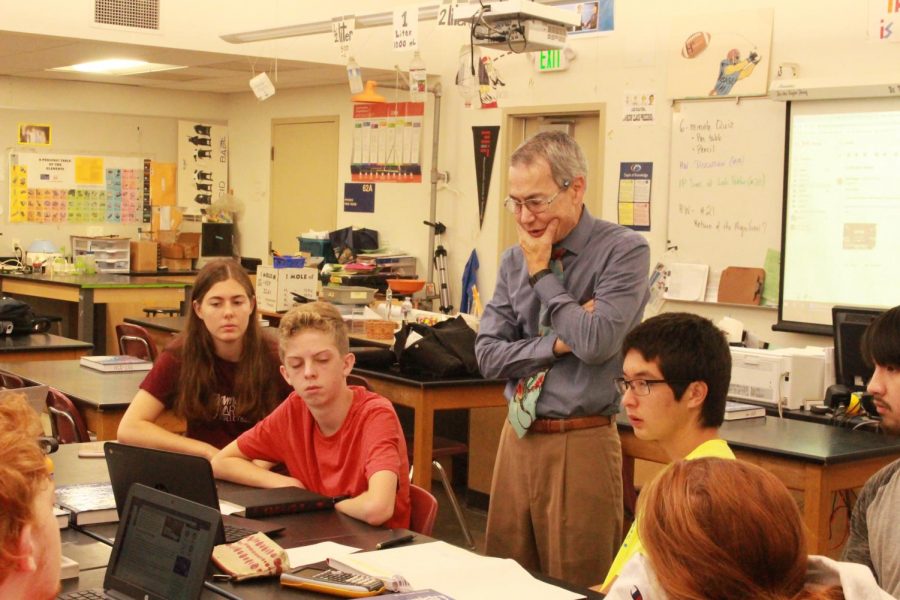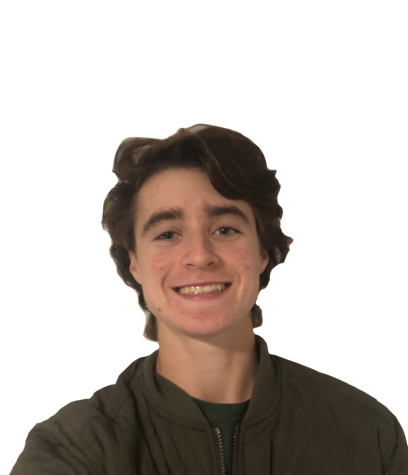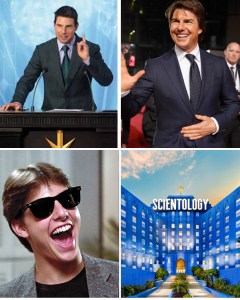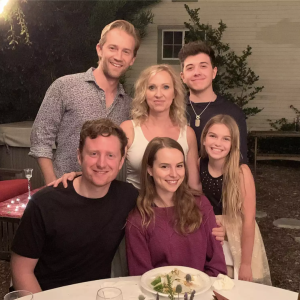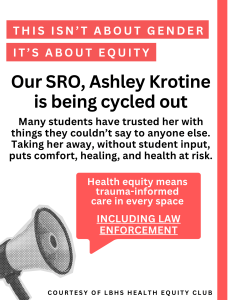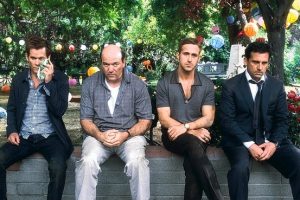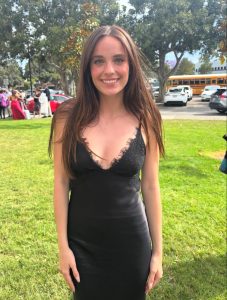Foreign exchange project inaugurated
Sogo contemplates the ideas of his students as they brainstorm about project ideas. The group of students led by Mr. Sogo are going to meet on Mondays and Fridays to engineer three simultaneous projects throughout the year. Students interested in joining the project are encouraged to visit Mr. Sogo in room 61.
October 30, 2018
Over the summer at MIT’s Science and Engineering Program for Teachers (SEPT), science teacher Steven Sogo learned of a collaborative engineering project an Italian science teacher conducted with her students at a high school in Ferrara, Italy. Inspired, Sogo proposed that they work together.
“Doing a project is different than learning from a book, and it’s much more valuable,” said Sogo. “It’s problem-solving— it’s the best kind of problem-solving.”
After school on Mondays and Fridays, the following students contribute to the project: Andrew Doudna, Angelica Jorio, Annelise Kramer, Benjamin Duskin-Feinberg, Benjamin Keller, Gretchen Webb, Kenneth Chu, Kian Trengove, Kyle Herkins, Laila Cruz, Sebastion Fernandez, Sheldon MckInsey and Silvi Lybbert.
They plan to communicate with the Italian students, and hopefully, have some Italian students come here and some LBHS students go to Ferrara. Sogo hopes the project will engage students in different areas of science but also instill life skills such as problem-solving and perseverance.
Currently, the project is in the brainstorming phase with students offering creative ideas ranging from a vegan biodiesel to a theremin-like piano, a piano that’s able to be played without physical contact.
Junior Laila Cruz, one of the students Sogo invited to be part of the project, already pitched an idea for an underwater remote-operated vehicle that can collect sand from the ocean, which will relay the safety of the water and the effect of climate change.
“Our close proximity to the ocean gives us a unique opportunity to test the waters of the largest ocean in the world. I think this project will be a chance to actually make a difference at school,” said Cruz.
Participants will walk away from their experiences having grown in innumerable ways.
“The goal of the project is to have fun building something, learning some engineering, learning some physics, learning some chemistry and learning some biology,” said Sogo.
Students interested in joining the project are encouraged to visit Mr. Sogo in room 61.

